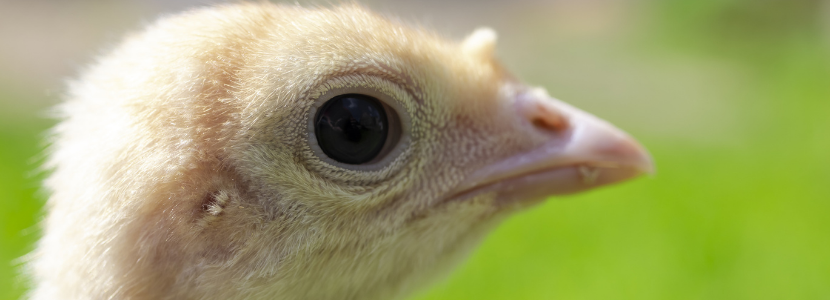Beak treatment is a common management practice to control cannibalism and pecking behavior in commercial poultry.
Usually, beak treatment is performed using a “hot blade,” which trimmed and cauterized the beak tissue. However, this method triggers acute pain and could result in chronic pain due to the age and the severity of the trim. Nowadays, the infrared beak treatment uses an “infrared light” to treat the beak tissue without creating an open wound.
“The infrared light penetrates the outer layer of the beak, damaging the tissue layers underneath and inhibiting further growth of the beak tip. The loss of the beak tissue is gradual as the beak tip sloughs off for approximately 1 to 3 wk post-treatment. This allows birds to adapt to the change in beak shape and use their beaks normally during the critical first few days of life.”
Although infrared beak treatment has been reported to be a more welfare-friendly alternative to hot-blade trimming, societal concern still exists regarding any form of beak modification. Some of the major concerns are that the practice may cause:
- chronic pain and stress,
- impaired function of the beak, and
- a reduced ability to perform behaviors such as feeding, drinking, and preening
Objective
The objective of this study was to determine the impact of infrared beak treatment and gender on the behavior and welfare of turkeys raised to 12 wk of age. To the author’s knowledge, this is the first study examining infrared beak treatment in turkeys and its effect on welfare.
Materials and Methods
>> 236 males and 324 females poults were
Keep up to date with our newsletters
Receive the magazine for free in digital version
REGISTRATION
ACCESS
YOUR ACCOUNT
LOGIN
Lost your password?

